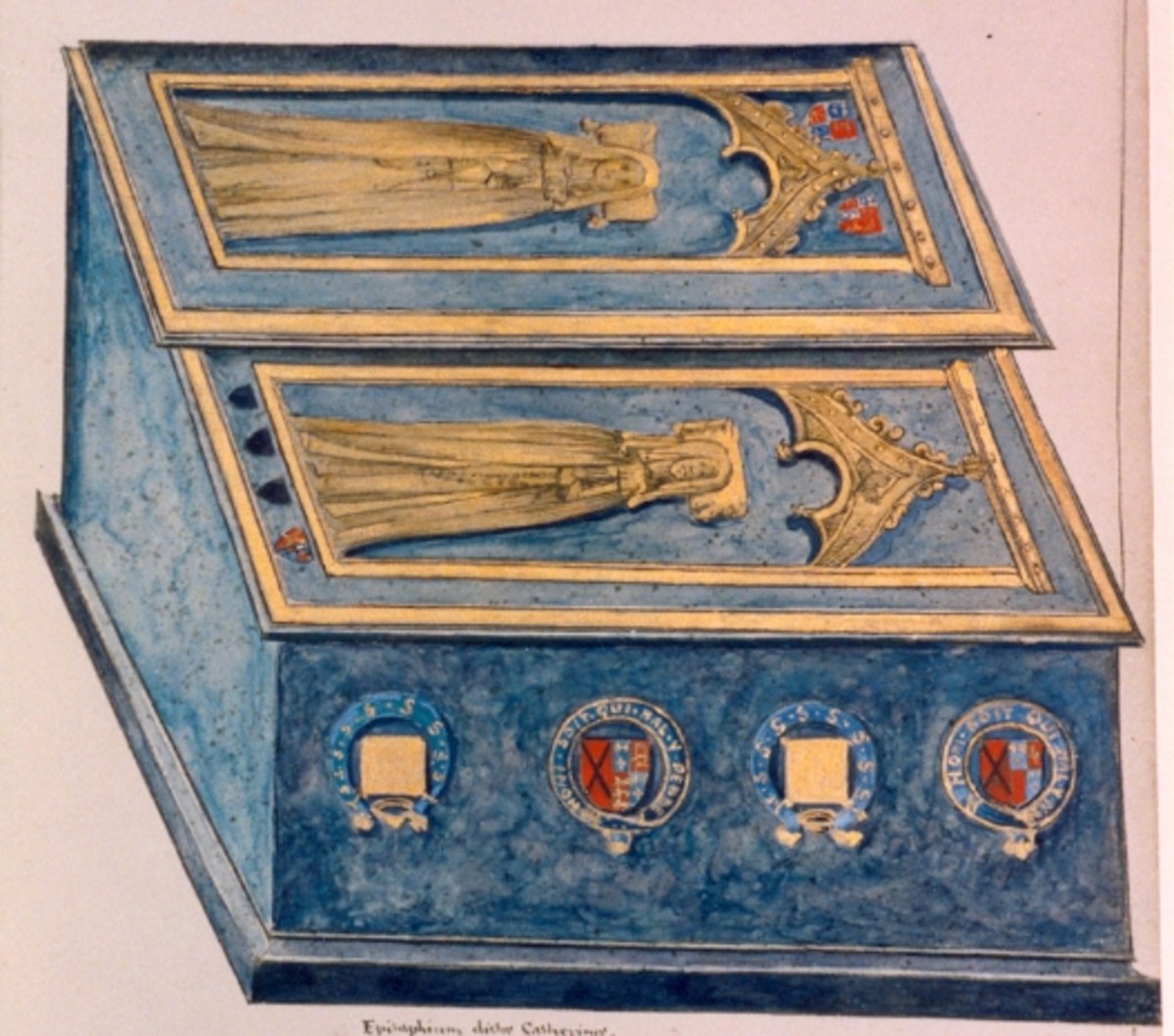Linlithgow: Palace of Scotland
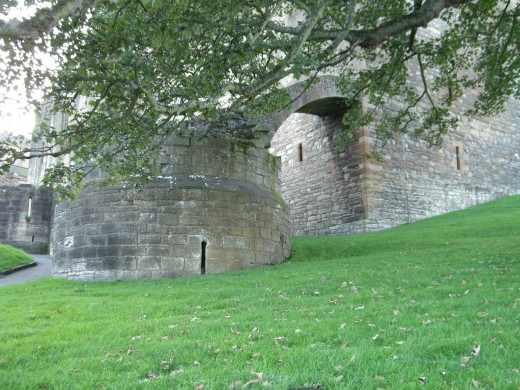
Scottish Rulers
Since the Declaration of Arbroath in 1320 declaring Scotland as an independent country, the Scottish are well known for their pride and spirit. Here is a small snipit of the declaration.
For, as long as but a hundred of us remain alive, never will we on any condition be brought under English rule. It is true not for glory, nor riches, nor honors that we are fighting, but for freedom for that alone, which no honest man gives up but with life itself.
As we all know eventually the Scottish and English crowns united under James VI of Scotland who became James I of England. Before 1603 Scottish rulers lived in palaces to rival their English counterparts. Stirling Castle, Edinburugh Castle, and Linlithgow Palace all housed scottish monarchs at one point but Linlithgow is one of the lesser known castles. Indeed it was the birthplace of James IV, James V, and Mary, Queen of Scots. There is some debate as to whether James VI / I was born at Linlithgow Palace or not. Linlithgow is not typically on the tourist destination list because the palace is largely in ruins and nothing beyond the foundation, wall, and courtyard remains. Despite that it still makes a marvelous day trip!
A palace of long ago....
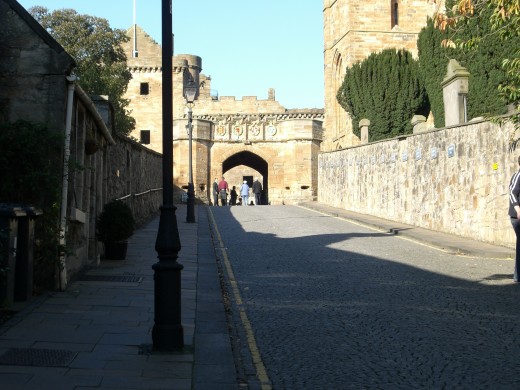
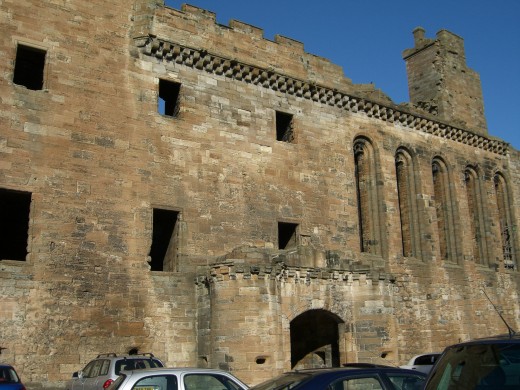
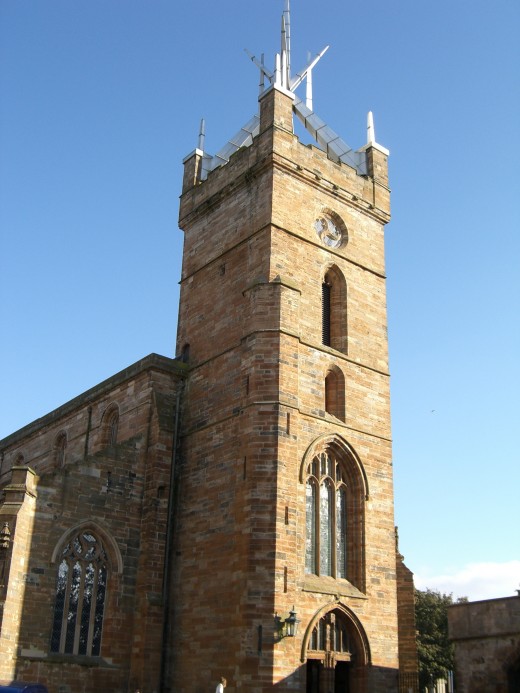
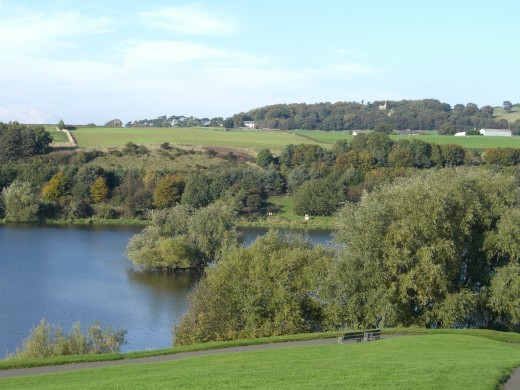
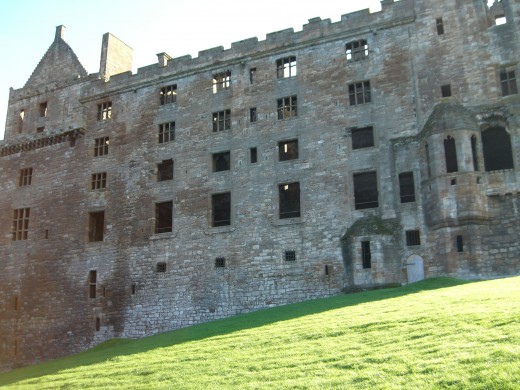
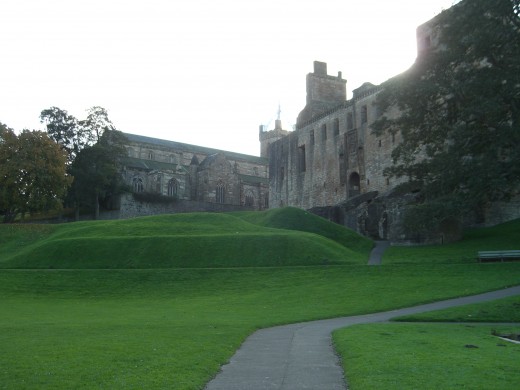
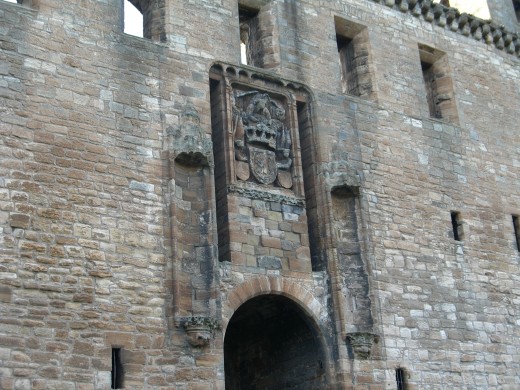
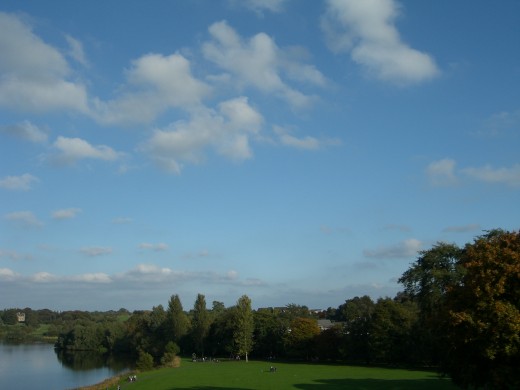
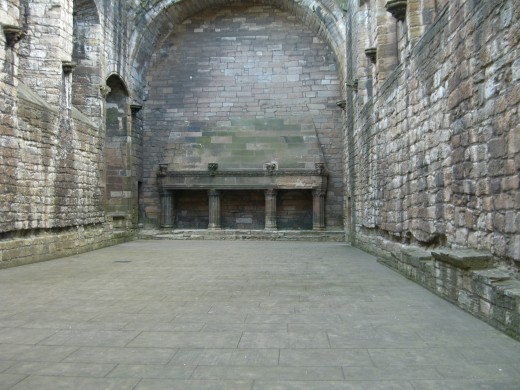
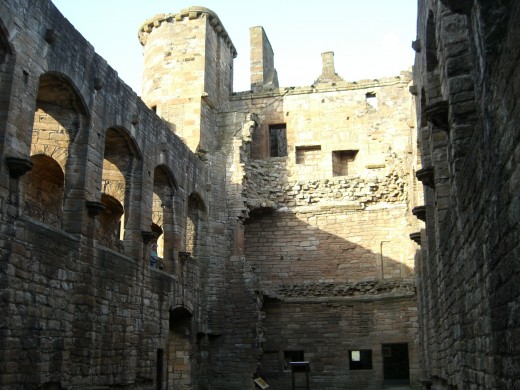
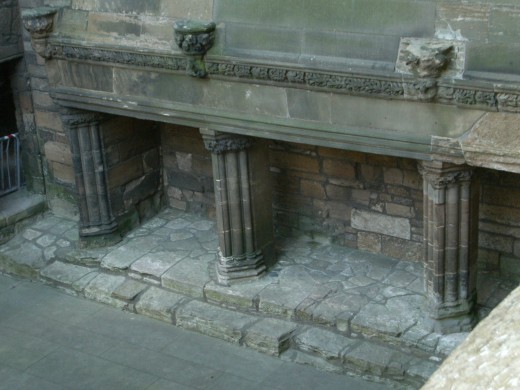
Find your way to Linlithgow Palace
Nestled halfway between Glasgow and Edinburgh, Linlithgow makes a convenient stop. A quiet little hale that recalls us back to the pleasure and joys of small towns. The main street houses pubs, shoppes, antique treasure troves, and second level apartments. All the roads are cobblestone doubly adding to the charm of a town from the past. If you did not know that Linlithgow palace existed there would be little cause for you to travel there. While studying abroad in Glasgow, a classmate and I saw Linlithgow on the map and decided to take a day trip. After experiencing one day we realized how fortunate we were to find this little treasure.
The palace received great renovations thanks to King James III and James IV. Originally Linlithgow Palace served as a manor house and as an artillery storage unit due to its accessibility between Edinburgh and Stirling. The palace is situated between the town and a large lake. Just before the palace is an Abbey and a graveyard. The palace itself has an orange tint which makes it vastly different from the mournful grey of other castles and palaces. Since most of the palace is in ruins, anyone with imagination can dream of what it use to look like. Wonderful romantic ideas spring to mind especially with swans who softly glide across the lake and the trees that surround the lake. Their branches gently touch the water providing shade beneath their green leaves. Most of the town spends sunday afternoons by the lake either enjoying a picnic, playing football (soccer), or enjoying the swings that hang down from the trees above.
...and see the glory of royal scotland
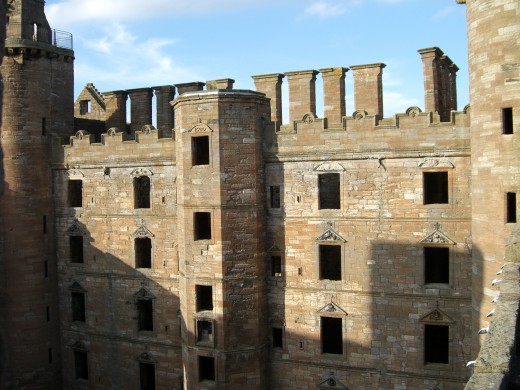
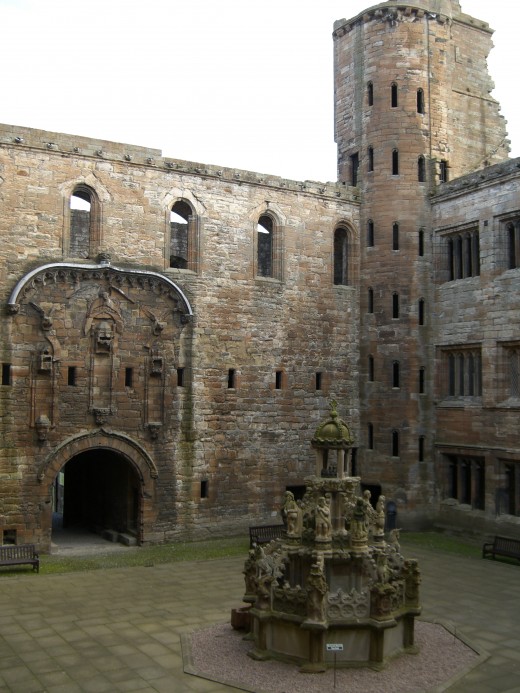
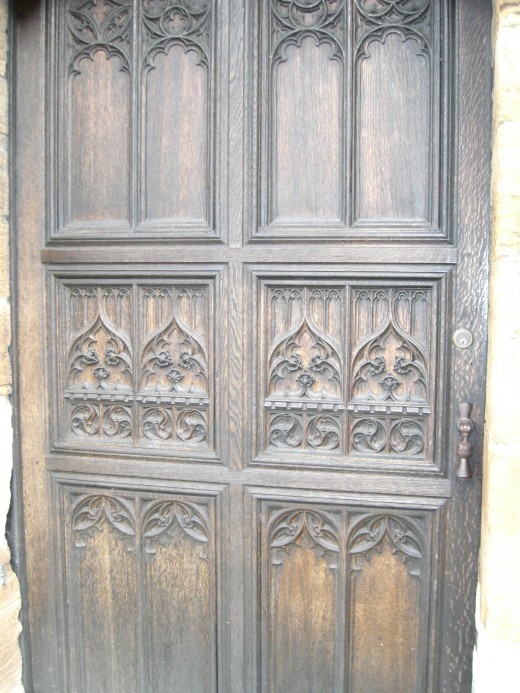
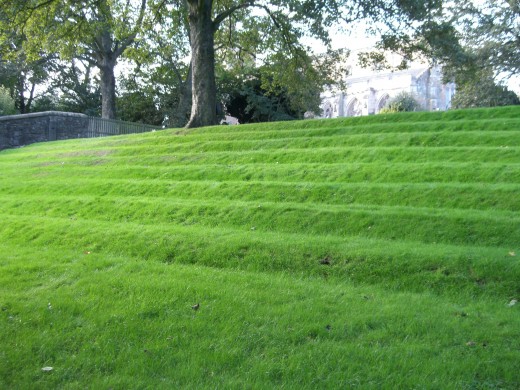
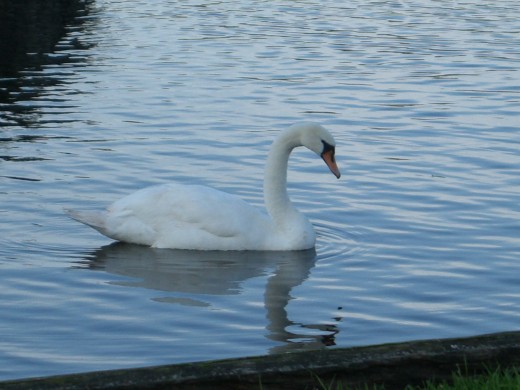
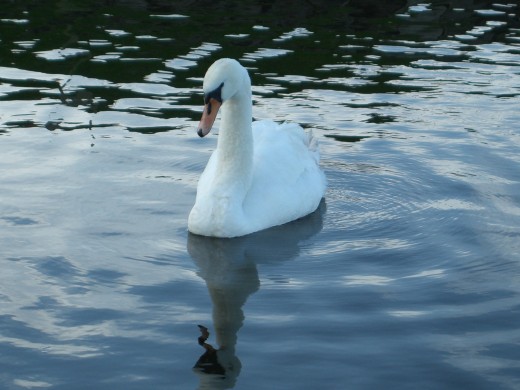
After King James VI became James I, he stayed at Linlithgow very little. The last monarch to stay there was King Charles I in 1633. During Bonnie Prince Charlie's attempt to reclaim the throne of Scotland Linlithgow prepared for their future monarch. Many of the building were refurbished and the central courtyard fountain spouted wine. But their dream for Bonnie Prince Charlie was never to be. Bonnie Prince Charlie did make it to Linlithgow in September 1745, but did not stay and enjoy the pleasures of the palace. As fate was not kind to Bonnie Prince Charlie, the Duke of Cumberland as took vengence on the Scottish people and destroyed Linlithgow and burning most of the buildings by January 1746.
Today Linlithgow Palace is open to the public and continually restored by the efforts of Historic Scotland. It is a charming place that once represented the glory of Scottish rule. Bring a picnic basket in early fall, sit by the loch, and watch the swans glide across the loch, and enjoy Linlithgow, the palace of the Scots.







